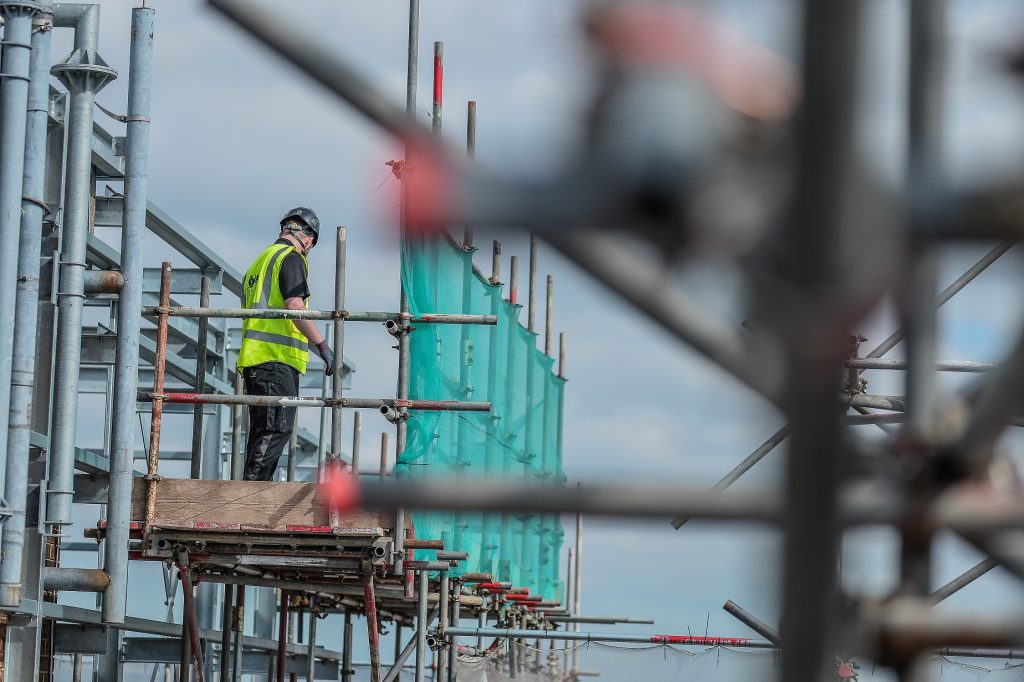Working Safely at Height: the basics
3rd July 2019
When working at height it is vital that all appropriate measures are put into place to ensure a worker’s safety. Whilst there are many factors that go into making a site safe when working at height, there are four main factors that should form the basis of any health and safety strategy when planning work at height, we detail these below:
Risk Assessment
As within any work activity, risk assessment is an essential component, as this enables the appropriate control measures to be implemented. Work at height is no different as there is no single-fit solution and carrying out a risk assessment (preferably involving those that will do the work!) is the ideal opportunity to take a step back and think about what needs to be done, who will be involved, what competence they need, what equipment is needed and how the task will be carried out!
Training, Competence & Capability
First and foremost, it is essential that anyone working at height is competent to do so. There are many different types of competence for those working at height and those in the scaffolding industry will instantly recognise the Construction Industry Scaffolders’ Record Scheme (CISRS) which is widely regarded as the world’s most reputable Scaffolder competence scheme.
Other competence schemes exist for those working at height, and these include IPAF for MEWPs, FASET for safety net riggers and IRATA for rope access technicians.
Any training should be refreshed at suitable periods and UK construction competence cards (affiliated to the CSCS) usually carry a maximum 5-year lifecycles, which means the holder must take steps to renew his/her competence at regular intervals.
Equipment
The Work at Height Regulations 2005 require that work at height should be avoided wherever possible and that measures that protect more than one person should be preferred to personal protection systems. However, work at height is an integral part of most UK construction and refurbishment activity and is often very difficult to avoid altogether.
As this is the case, it is essential that the appropriate Fall Protection Equipment (FPE) is provided. The advancement of technology means that there is an extremely large (and growing!) range of work at height safety equipment. The risk assessment that is carried out at the planning stage of any project provides an ideal opportunity to identify the most suitable equipment for the task at hand and this could be:
- Collective protection (for example scaffolds or fixed guardrails)
- Fall restraint or work positioning equipment (which is intended to prevent falls)
- Fall arrest equipment (safety harnesses and safety nets, for example) which allow the fall to take place, but are intended to mitigate it
Emergencies
Planning for emergency situations arising from work at height activity is a requirement of the Work at Height Regulations and should be an integral consideration for all work at height activity.
When planning what may need to be done to carry out rescue in an emergency situation, consideration should be given to:
- The work activity
- The capability of the individuals involved (ability and competence to rescue)
- Equipment Requirements
- First aid provision
- Accessibility for emergency services
If you are looking for additional support for your work at height activities, speak to the team at SIMIAN today for more information on how we can help you. Call us on 0345 602 2418 or email us via hello@simian-risk.com.
